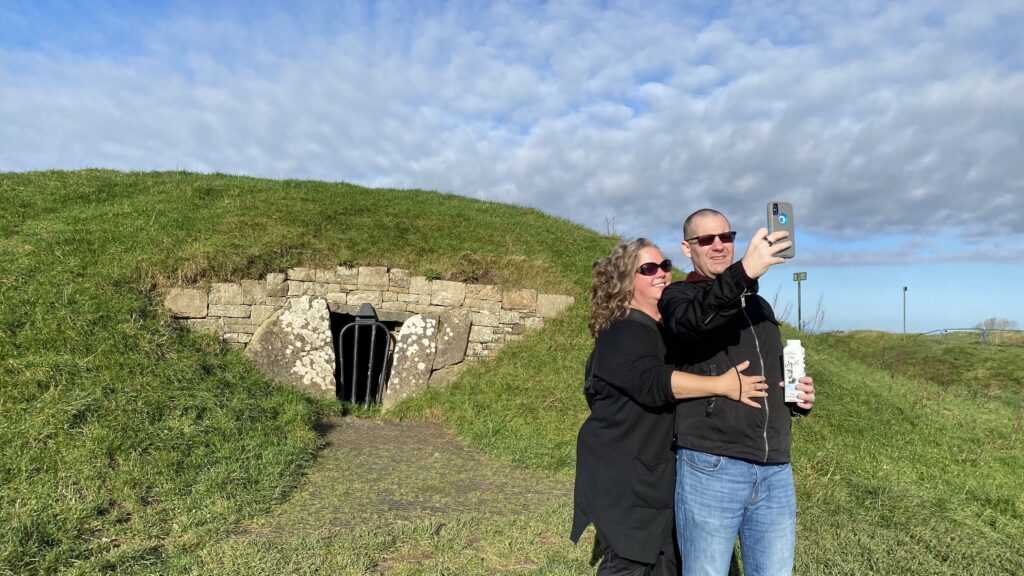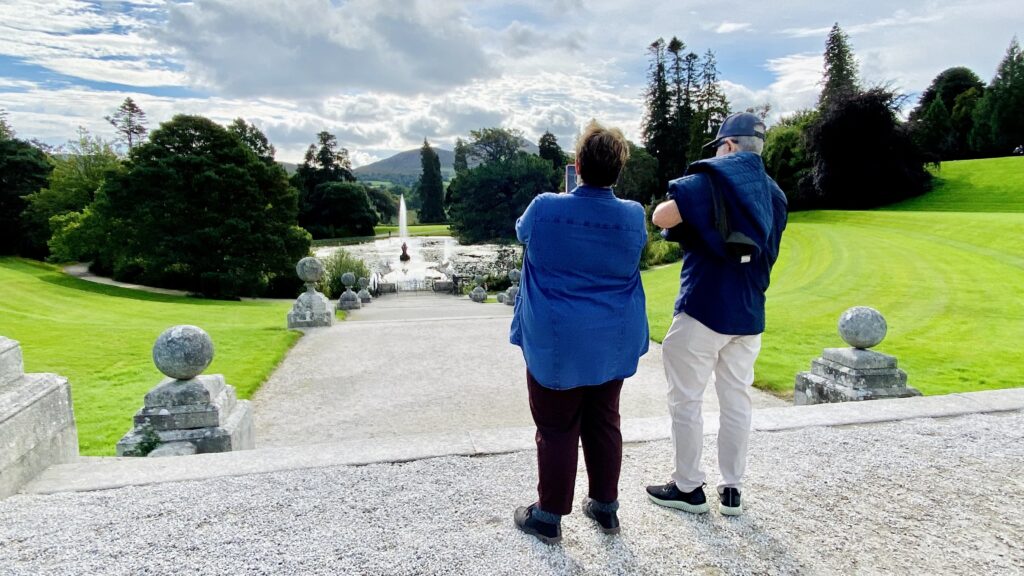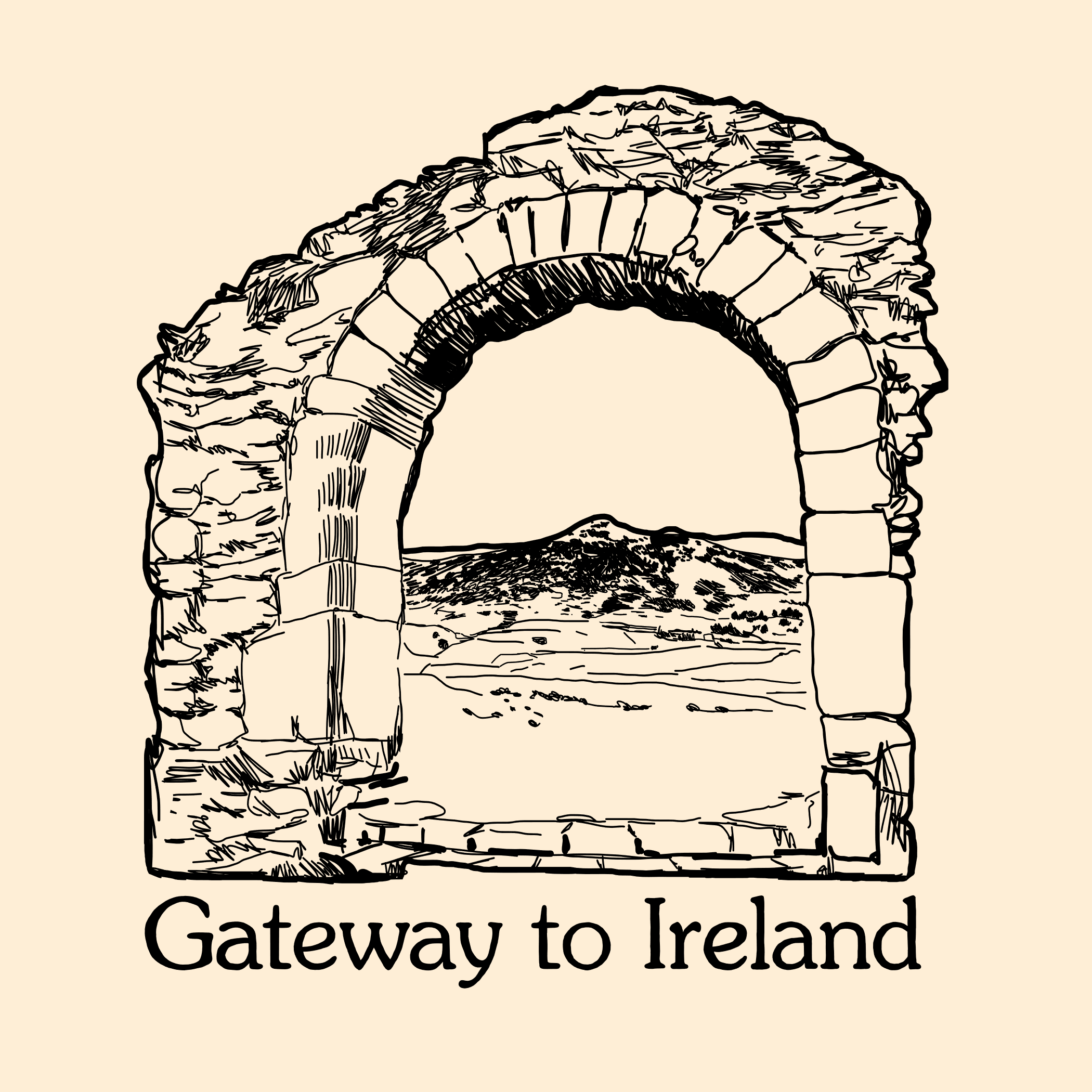
Did you know that celebrating February 14 is a tradition dating back to the year 496 AD?
So who was Saint Valentine, how is he connected with Ireland and Dublin and where do the traditions we have on this day come from?

Saint Valentine was a Christian priest during the rule of Emperor Claudius II in the third century AD. He performed marriages for soldiers, which was against the emperor’s decree, as Claudius believed that unmarried soldiers made better warriors. Besides, the emperor had banned marriage because a newly-wed husband was not permitted to travel away from home in the first year of marriage so as to be able to establish a family. The emperor needed soldiers because of the wars he was engaged in and this old custom made it harder for him to maintain numbers in the army.
Despite the risks, Saint Valentine continued to conduct marriages in secret, believing in the sanctity of love and marriage.
Eventually, Saint Valentine was arrested and imprisoned for his actions. While in prison, as Valentine was known for his medical abilities, the jailer asked if he could bring his blind daughter Julia to him for a cure. Valentine began to treat the girl and, at the jailer’s request, also began to educate her. The visits to Valentine also strengthened the faith of the jailer and his daughter. By the time of his death the girl was still blind. On the eve of his execution, Valentine wrote a last note to Julia urging her to remain faithful to God. And he signed the note: ‘From your Valentine’. As the girl opened the note, a crocus fell from it and her sight was restored. This phrase would later become synonymous with expressions of love and affection often cited as the origin of the tradition of sending love messages on Valentine’s Day.
Saint Valentine was executed on February 14th, around the year 269 AD.
Over time, Saint Valentine’s steadfastness in the face of adversity and his acts of love and kindness became legendary, leading to his veneration as a martyr and the association of his feast day, February 14th, with love and romance. Today, Saint Valentine is celebrated as the patron saint of love, couples, and marriage, symbolising the enduring power of love and devotion.

The relics of Saint Valentine came to Dublin in the early 19th century, and the story is connected with the restoration of the Carmelite Church on Aungier Street.
In 1835, a Carmelite priest named Fr. John Spratt, who was well-regarded for his preaching and devotion, was invited to give a sermon in Rome. His eloquence and reputation reached the Vatican, capturing the attention of Pope Gregory XVI. Impressed by Fr. Spratt, the Pope decided to gift him a significant honour and a token of their esteem – the relics of Saint Valentine.
The relics included some of the saint’s bone and a small vessel tinged with the blood of Saint Valentine, along with a note certifying their authenticity. Pope Gregory XVI hoped that by sending the relics to Dublin, it would strengthen the ties between the Irish and the Catholic Church.
Upon Fr. Spratt’s return to Dublin, the relics were received with great excitement and reverence by the Catholic community. They were brought in solemn procession to Whitefriar Street Church, where they were received by Archbishop Murray of Dublin.
With the death of Fr Spratt, interest in the relics waned and they went into storage.
During a major renovation of this church in the 1950s the relics were returned to prominence with an altar and a special shrine being created to house them and enable them to be venerated. The statue was carved by Irene Broe and depicts the saint in the red chasuble of a martyr and holding a crocus in his hand.

The official letter from the Vatican which accompanied the reliquary tells us that the relics are genuinely those of Saint Valentine. The relics were sealed by the Holy See in Rome before being placed in the current casket.
Over the years, the relics of Saint Valentine in Dublin have become a symbol of love and devotion, attracting visitors from around the world, especially during the celebration of Valentine’s Day. The Carmelite Church on Aungier Street continues to honour and preserve these relics, keeping alive the connection between Saint Valentine and the city of Dublin

Around this shrine today you can see little notes and cards left by visitors, and sometimes a notebook where people can write their messages to St Valentine, asking him to bless their families, help couples looking for a home and lonely souls searching for company.
A Private Tour is a great way to have a romantic adventure in Ireland. It allows couples to immerse themselves in the enchanting beauty of Ireland and create unforgettable memories together.
Moreover, having a knowledgeable local guide adds a special touch to the experience, providing insights into Ireland’s rich history, folklore, and culture. They can also recommend hidden gems and romantic spots off the beaten path, allowing you to truly connect with each other and the soul-stirring beauty of Ireland.
In essence, a Private Tour in Ireland offers couples the perfect blend of adventure, romance, and serenity, making it an ideal choice for creating cherished memories that will last a lifetime.
Check our Private Day Tours !
*Please note that picnic with Prosecco can be added to any tour

Leave a Reply